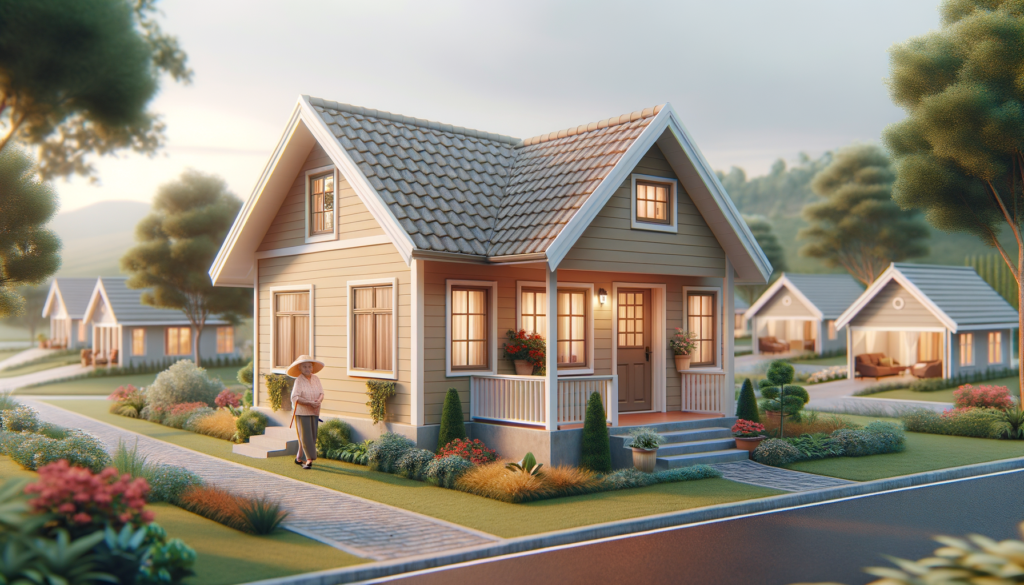The Pets Care Blog

Designing Small Houses for the Elderly: A Comprehensive Guide
Introduction: The Growing Need for Elderly-Friendly Housing
As the global population ages, the demand for housing solutions that cater to the needs of the elderly has become increasingly significant. Small houses designed for the elderly offer a practical and comfortable living environment, addressing unique requirements such as mobility, safety, and accessibility. These homes not only provide a sense of independence but also ensure that the elderly can maintain their quality of life as they age. This article delves into the various aspects of designing small houses for elderly individuals, highlighting the importance of thoughtful planning and innovative design.
Key Features of Elderly-Friendly Small Houses
Designing a small house for the elderly involves incorporating features that prioritize safety, accessibility, and comfort. Some of the essential elements include:
- Single-Level Living: Eliminating stairs reduces the risk of falls and makes navigation easier for those with mobility issues.
- Wider Doorways and Hallways: Accommodating wheelchairs and walkers is crucial for ensuring accessibility throughout the home.
- Non-Slip Flooring: Choosing materials that prevent slips and falls is an essential safety measure.
- Lever-Style Handles: These are easier to operate than traditional doorknobs, especially for those with arthritis or limited hand strength.
- Ample Lighting: Bright, adjustable lighting helps prevent accidents and improves visibility.
By focusing on these features, small houses can create an environment that supports the elderly in living independently and safely.
Incorporating Technology for Enhanced Living
Technology plays a pivotal role in enhancing the living experience for elderly residents. Smart home systems can be integrated to provide convenience, safety, and connectivity. For instance, automated lighting and temperature controls can be adjusted remotely, ensuring comfort without the need for physical adjustments. Additionally, medical alert systems and video doorbells enhance security and provide peace of mind for both residents and their families.
Moreover, voice-activated assistants can assist with everyday tasks such as setting reminders for medication, controlling smart devices, and even making phone calls. These technologies not only enhance the quality of life but also promote independence among elderly individuals living in small houses.
Sustainable and Eco-Friendly Design Considerations
Incorporating sustainable design elements into small houses for the elderly is not only environmentally responsible but also economically beneficial. Features such as energy-efficient appliances, solar panels, and rainwater harvesting systems can significantly reduce utility costs and environmental impact. Furthermore, using sustainable building materials like bamboo or reclaimed wood contributes to a healthier living environment.
Designing homes with natural ventilation and strategically placed windows can maximize natural light and reduce reliance on artificial lighting. These eco-friendly considerations ensure that small houses for the elderly are not only comfortable and accessible but also contribute to a sustainable future.
Conclusion: Embracing the Future of Elderly Housing
As the demographic landscape continues to evolve, the need for thoughtfully designed small houses for the elderly becomes more pressing. By focusing on accessibility, technology, and sustainability, these homes can provide a safe and comfortable environment that meets the unique needs of aging individuals. Embracing these design principles ensures that elderly residents can enjoy their golden years with dignity and independence.
In conclusion, small houses for the elderly represent a forward-thinking approach to housing, addressing both current and future challenges. By prioritizing the well-being and comfort of elderly individuals, we can create living spaces that truly enhance their quality of life.









